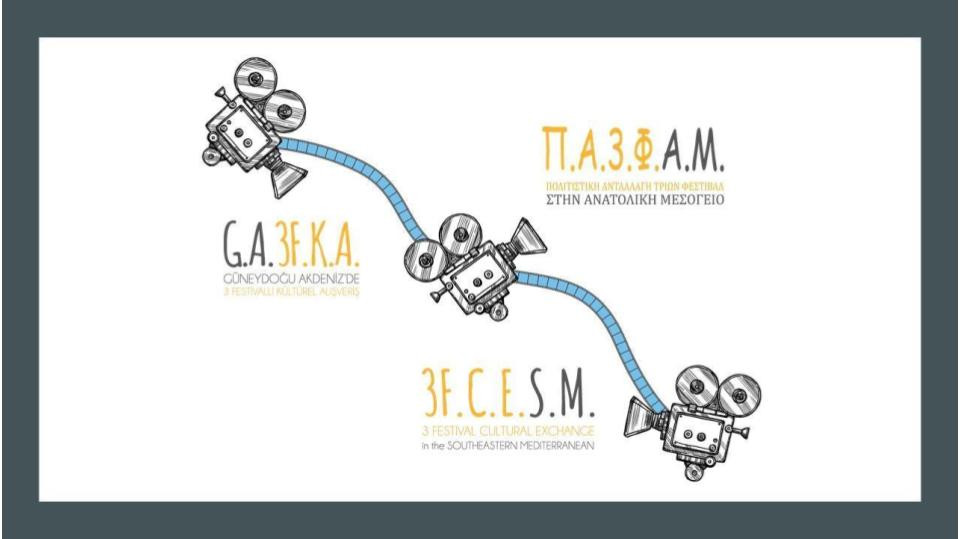The Cyprus Archaeological, Ethnographic and Historical Film Festival (Cyprus AEI Film Festival), the AegeanDocs International Film Festival (AegeanDocs) and the Foca International Archaeology and Cultural Heritage Film Days (Foça Film Days) have joined hands in an innovative project that aims to bring people together across national boundaries. The Three-Festival Cultural Exchange in the Eastern Mediterranean was officially launched in May 2021 with a series of workshops conducted with the local residents of Foça, Lemnos and Lefkosia. Workshop participants formed groups and worked together to produce short documentary films that explore different facets of the local history and culture. Nine of these documentaries – three from each of the workshops – are being shared among the festivals as part of an international exchange/competition with an awards ceremony to follow. A fourth film from the Foça Film Days local workshop, “The Refugees Who Made Their Mark on Foça”, will also be screened at Foça Film Days. Synopses and showtimes for these 10 Local Workshop Films are as follows:
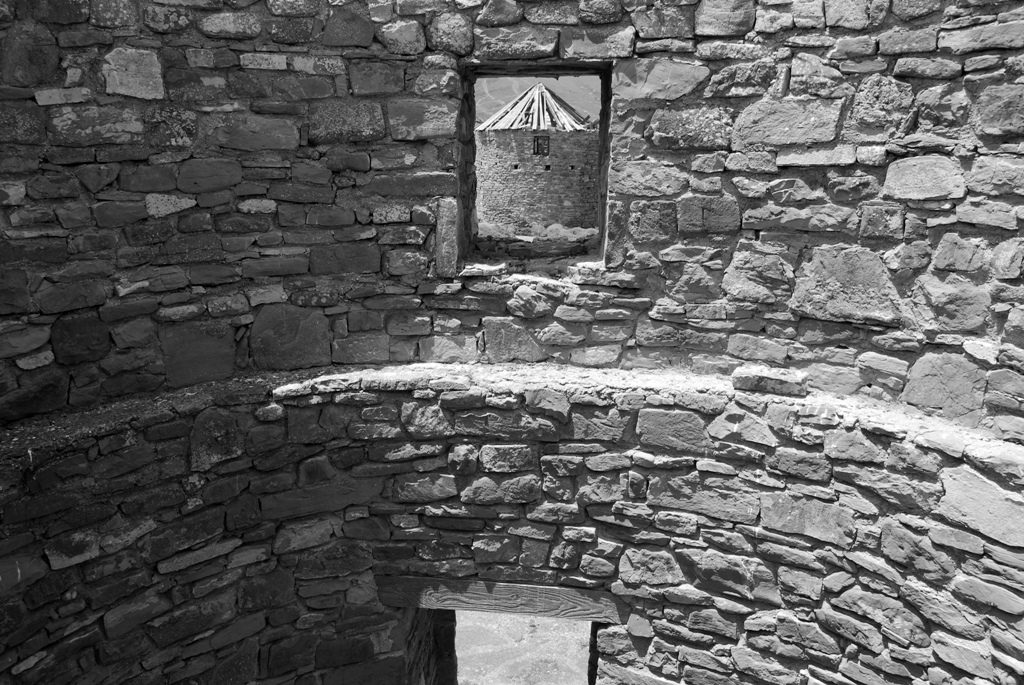
Lemnos has a large number of windmills located in both ordinary and unusual places. There may be more here than on any other island in the Aegean or the whole Mediterranean. Each and every one of them is equally beautiful, similar and at the same time different from the rest. “Similarity fused with difference” - as the Jesuit poet Gerard M. Hopkins stated, in his attempt to define “art”. It is, unfortunately, extremely sad that the vast majority of these windmills are falling to pieces as they sit proudly and quietly on their “perches”. They are fading away due to neglect, abandonment, or perhaps because their owners are unable to adequately maintain them. They constitute a unique privilege for Lemnos, part of its essence, its heritage and identity.
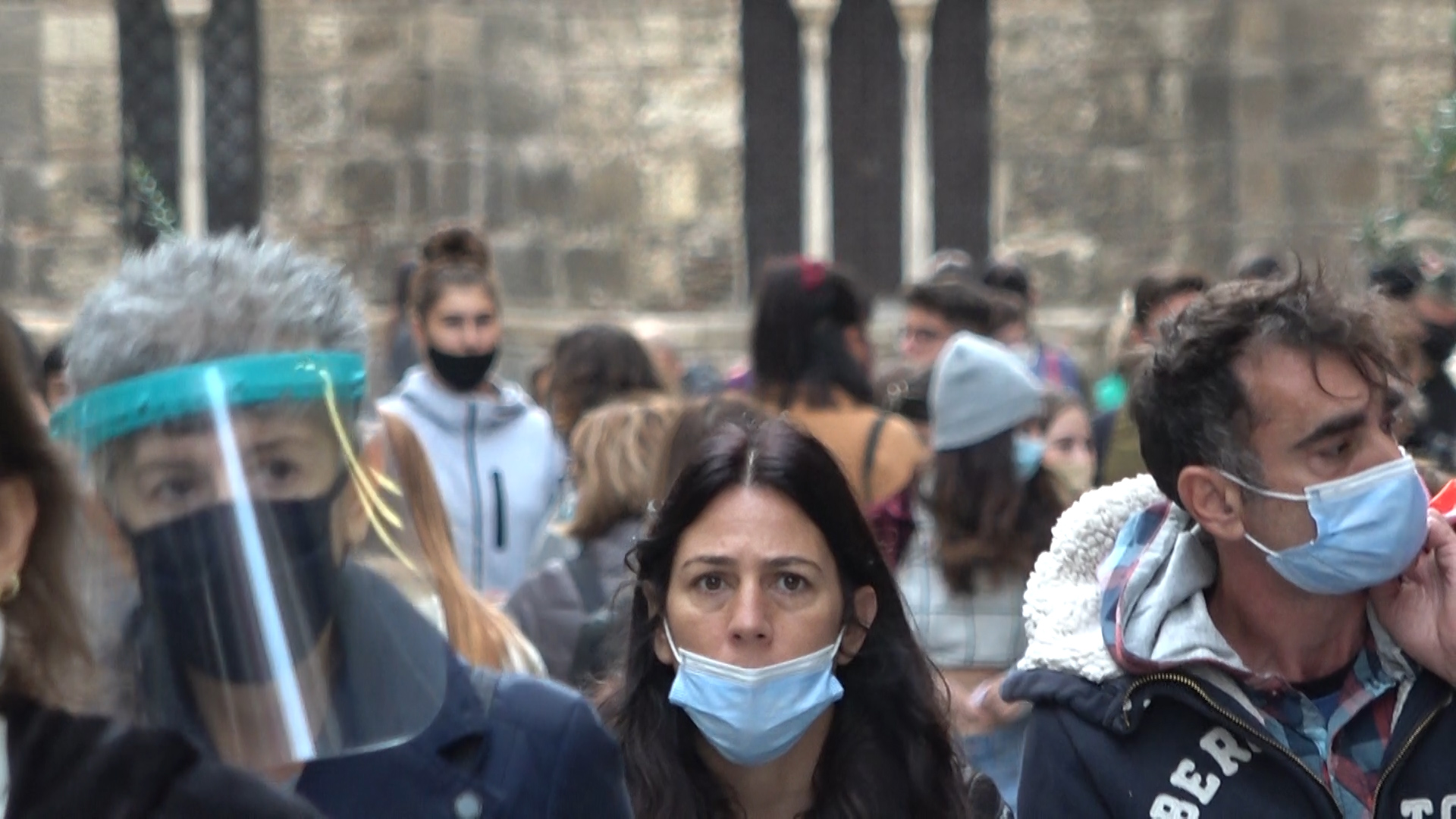
We see through Thucydides description of the Plague of Athens, which happened 2,500 years ago, the similarities with the coronary pandemic we are experiencing today. At the same time, we see how a couple of our times is experiencing this, especially in light of their having already brought into this world a child in 2020, in the middle of lockdowns, corona cases, and deaths.

After a short time wandering around the island, Apellis Psychas, a refugee in Mytilene during the ‘first persecution’ (1914), settled with his family in the castle area. He took advantage of the presence of bathers on the coastline of Phikotrypha, and there he established his home and cafe. During the interwar period, this area became a magnet for many residents of the city, especially intellectuals. During the German occupation and the civil war, the cafe ceased to exist. Various testimonies-interpretations have been associated with the end of this recreation area. However, during the post-war period, Apellis' cafe prompted the establishment of many similar places in the wider area, which were then demolished during the military dictatorship. This event probably marked the end of one era and the beginning of another.
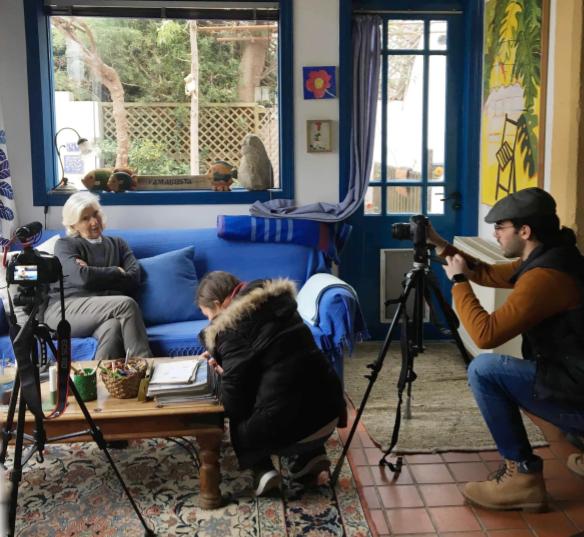
Almost 450 years have passed since the completion of Nicosia’s walls, οne of the most characteristic fortifications of the 16th century and the Renaissance period.When the Venetians took control of Cyprus in 1489, they immediately realized that the Frankish fortifications were ineffective and outdated. In the mid-16th century, the Ottoman empire was a great threat, thus the Venetians decided to quickly take defensive measures, no matter the cost of the construction. This cost was estimated at 120,000 ducats. Approximately 6.000 men and women worked tirelessly day and night to complete the walls. Alas, the attempts of the civilians for enhanced security failed: the city was occupied after a 50-day siege. The new governors maintained and made good use of the walls, which defined the structure and range of the city for the next four centuries.Today, the walls continue to stand as silent witnesses of the past, enclosing the soul of the city, defining the traditional from the modern.

Our documentary endeavours to illustrate the prominent Cypriot printmaker Hambis Tsangaris. We visited his Workshop/Museum and interviewed the artist himself as well as some of his close friends. That gave us an insight into his personality and his identity as a teacher. Our aim is to raise awareness about Hambis’ great contribution to Cypriot Art and Culture.

Our documentary endeavours to illustrate the prominent Cypriot printmaker Hambis Tsangaris. We visited his Workshop/Museum and interviewed the artist himself as well as some of his close friends. That gave us an insight into his personality and his identity as a teacher. Our aim is to raise awareness about Hambis’ great contribution to Cypriot Art and Culture.

Foça’s natural beauty and history make it a little slice of heaven for some. For others, it’s a small box they’d like to climb out of. Besides a taste of freedom and the chance to relax with friends, the town doesn’t have a lot to offer its youth. This documentary, produced during the FFG-İFTYD Video Production Workshop, looks at the bonds formed between the young people who were born and grew up in Foça and at their different life experiences, each of which share some things in common.

The kind of neighborly relations that are disappearing in big cities are still alive and well in Foça. In this town, neighbors continue to help each other out, share and enjoy life together. Through good times and bad, neighbors are at each other’s side. The continuation of social relations is proof once again that it’s human beings who are at the heart of humanity. This documentary, produced during the FFG-İFTYD Video Production Workshop, is a human-interest story of the people who greet each day with a heartfelt “Hello” from their doorsteps on the narrow streets of Foça. Through their conversations, we witness a different aspect of life.

Foça is famous for its blue sky and blue waters, and the shores of its "Little Harbour" are lined with fishing boats. The modest local fishers earn their keep one day at a time. "The Rhythm of Life - In the Waters of Foça" invites us to share a day with a two-man team of net fishers who work the shore in harmony with nature. Purse-net fishing starts with a period of waiting in calm silence with focused attention, but once the fish hit the nets, the rhythm accelerates and the excitement continues until the goal is reached... and everything starts all over again. This film offers a poetic glimpse of a sustainable form of fishing conducted for generations without harm to the life cycle of the fish being caught.
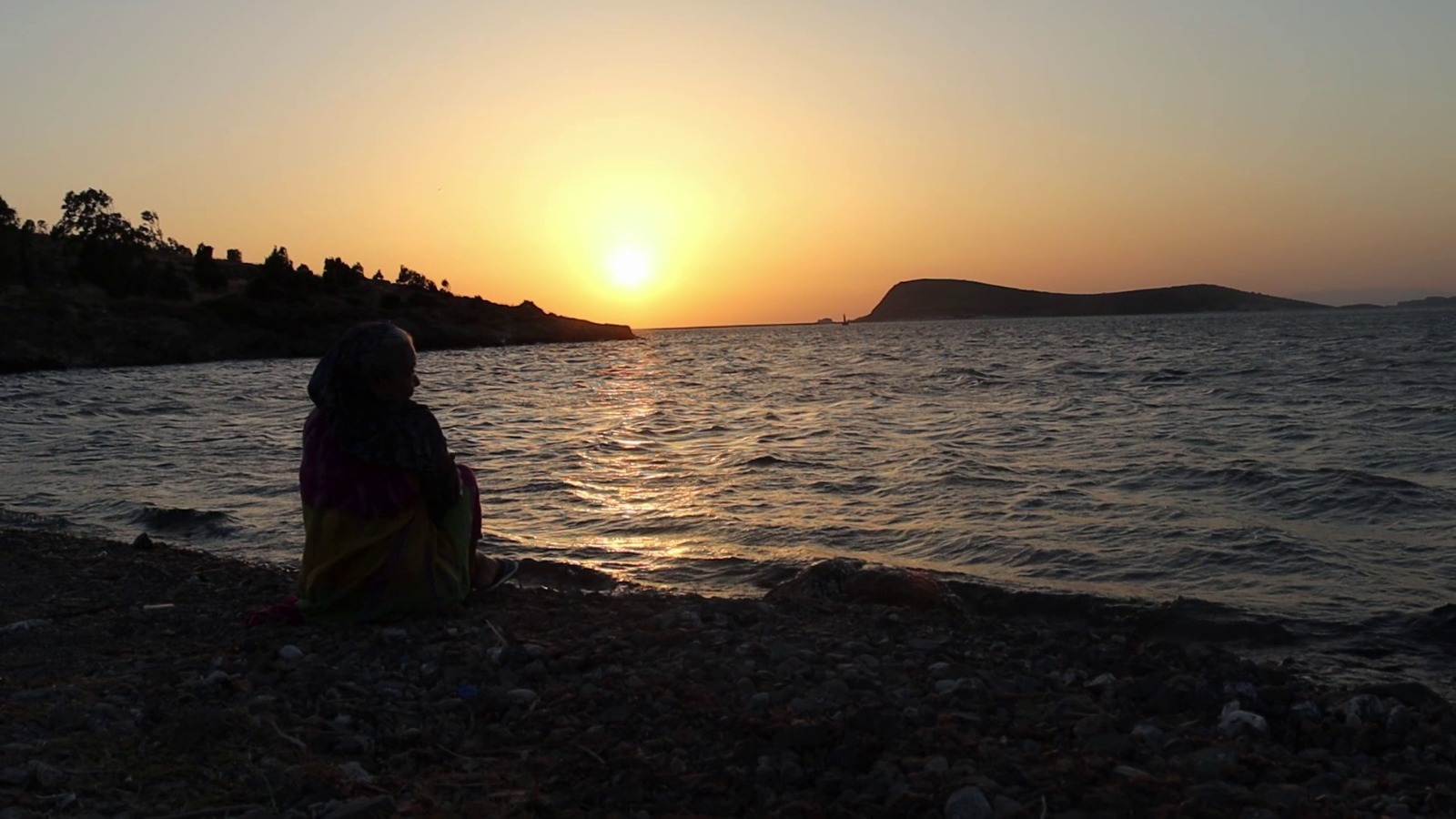
While the Lausanne negotiations were taking place, Turkish and Greek representatives reached an agreement for an “Exchange of Populations on 30 January 1923. In this documentary produced during FFG-İFTYD workshop, we witness the struggles for survival, dramas, and effects of war on the “Weary Refugees of Two Countries” who, born and raised in Turkey and Greece, are forced to say goodbye to their homelands.
